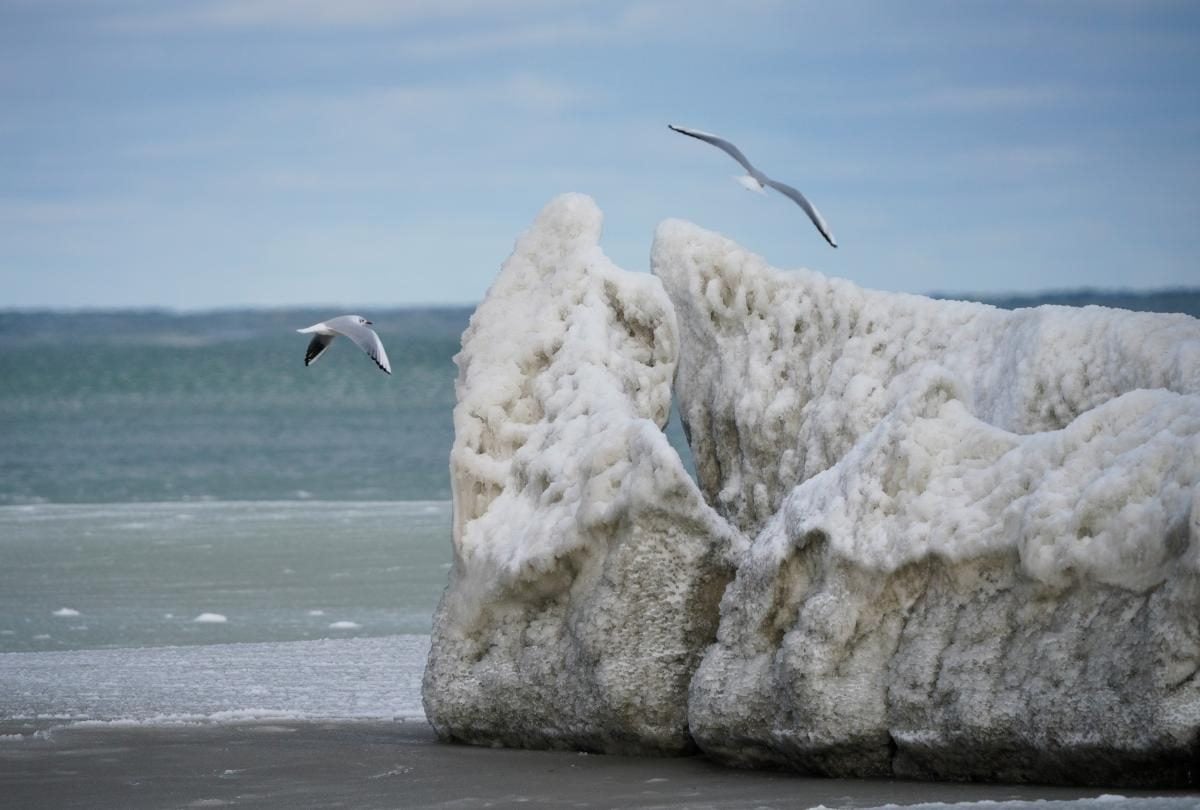Cork covering for floors is another option for floor covering, and, as practice has shown, this covered option has both its supporters and its opponents. Cork is a unique natural material that has good heat and sound insulation. And they will tell you in the store what glues cork coverings.
In addition, cork has another rare property - volume memory (it is able to restore its original form after physical impact). All these advantages could not remain unnoticed by manufacturers of building materials.
Cork is obtained from the bark of an oak tree that grows in the Western Mediterranean. The bark is carefully removed from the tree without damaging the tree. After 6-9 years, the bark layer will be completely restored. Cork from the bark is obtained as a result of a long technological process (one drying takes about five years).
The cork is used not only for corking wine bottles, it has also found application in construction. Cork has found its use in floor coverings (however, it is also used for finishing walls and even ceilings).
Cork covering can be of several varieties:
Solid veneer is the most expensive. Individual solid cork floorboards are selected by color and texture, and then they are formed into a collection.
Cheaper - cork agglomerate is crushed cork crumb pressed at high temperature. And everything works, even the smallest pieces.
There is also a third option - a combination of agglomerate and veneer.
These types of coatings practically do not differ in their physical and mechanical properties, but plasticizers (the environmental friendliness of which is questionable) are used to press the agglomerate, and, of course, these coatings differ in appearance.
There are three options for cork floor coverings:
Glued cork floors are produced in the form of tiles, both with and without a protective coating. This coating is considered the best and most preferred. It is used in wet rooms and is considered the most resistant to water.
Floating cork floors are a puff pastry (cork coating is glued on MDF). It is produced in the form of plates connected to each other by a locking connection (laminate).
Like most building materials, the cork floor has its pros and cons.
Good sound and heat insulation can be attributed to the advantages of cork coverings. The cork covering has springy properties, it is much more pleasant to walk on it (especially barefoot) than on hard floor coverings. The cork is not afraid of water, does not give in to decay and is not afraid of insects, rodents, microorganisms.
This type has covered and disadvantages. First of all, it is worth keeping in mind that cork is a fairly soft and porous material, therefore, in places with increased traffic, tracks may appear on the protective coating. It was already mentioned above that the cork has a large memory and is able to restore its shape, but this does not happen immediately, but after a rather long time, and if you look at a champagne cork, it becomes clear that a long-term load will leave the cork and permanent (without recovery) initial volume) deformation. For example, if you plan to rearrange a cabinet that has been standing in one place for several years, then, most likely, traces of it will remain on the floor for a long time.


 108
108









